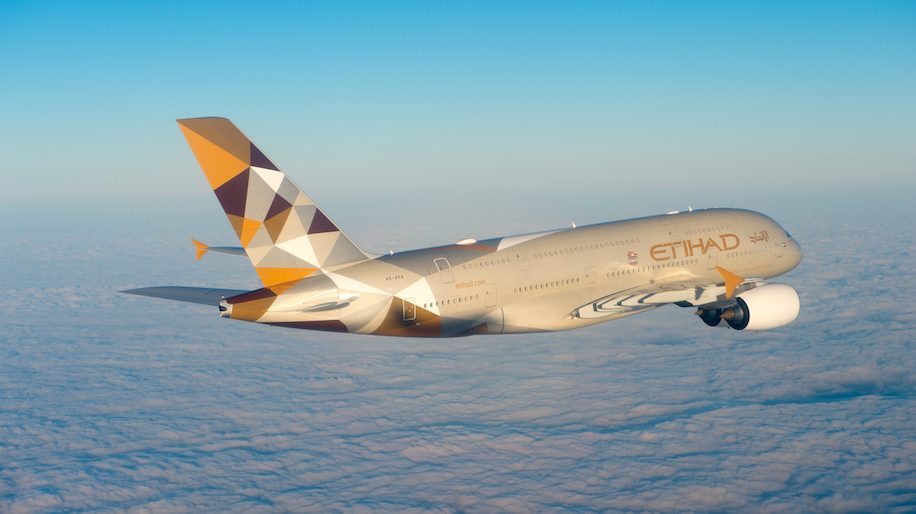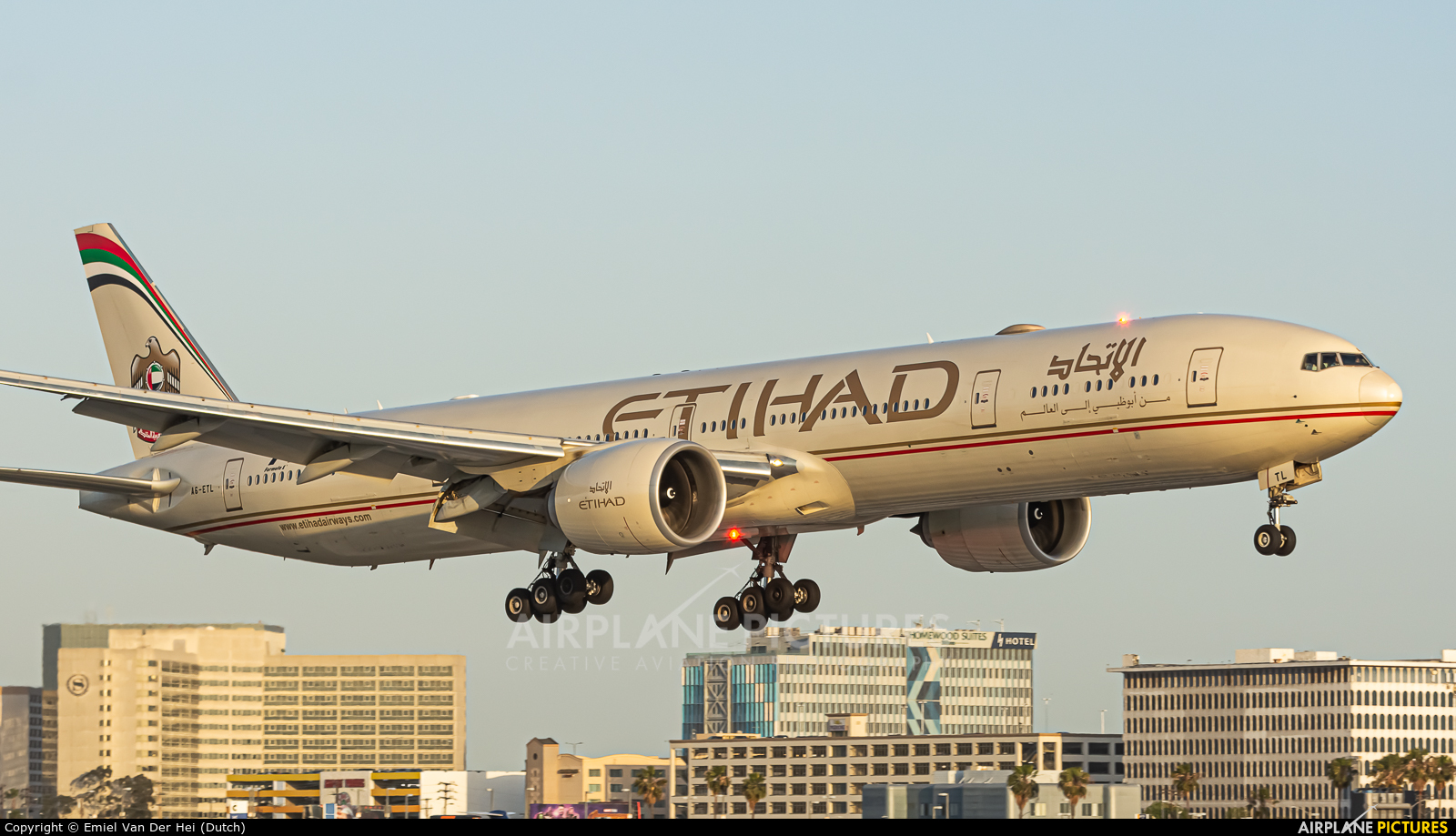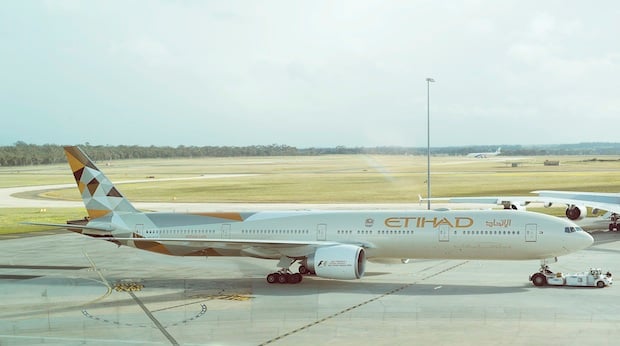- Boeing 777 300er Seating Chart
- Boeing 777 Etihad Airways
- Boeing 777 200lr Etihad
- Boeing 777 Etihad Cargo
- Boeing 777 Etihad Airways
- Boeing 777 Etihad
Etihad Airways operates three versions of 777-300ER airplanes.
Boeing 777 300er Seating Chart
Etihad Airways Cargo Boeing 777-FFX Reg.: A6-DDB MSN: 39692 Line No.: 1072 Location & Date Milan - Malpensa (MXP / LIMC) Italy - July 27, 2013. Etihad Cargo operates a dedicated fleet of Boeing 777 freighters in addition to the current passenger fleet that serves our network Aircraft & freighter fleet With one of the youngest fleets in the world, Etihad continues to invest in new aircraft and aircraft enhancements.
First cabin version of the Boeing 777-300ER (77W) Three Class

First version of Boeing 777-300 is the most common in Etihad Airways fleet. This airplane offers 330 seats of three classes: first, business and economy.
First class may accommodate just 8 passengers. There are 8 closed suites here that have 180 degrees recline. The only disadvantage of the seats of the 1st row is location of the galleys and lavatory in front.
Business class contains 40 flat bed seats. Behind the first class seats first two rows of business class seats are located. Proximity of the galley will cause discomfort to passengers of the seats 6D and 6G.
The other 8 rows of business class seats are located behind the exit row. These seats have 1-2-1 configuration. During overnight flights the light from the galleys located in front will disturb passengers of the seats of the 7th row.
Missing windows make the seats 12C and 12H bad seats.
Economy class consists of 282 standard seats that are located in three sections.
First sections has 3 rows of seats. The seats of the 15th row are considered good seats as they have extra space for passengers legs. But the width of these seats is reduced a little as the tray tables are in the armrests making them immovable. The seats 15DEFG offer bassinet locations.
Location of the lavatories behind is the disadvantage of the seats 16DEFG, 17 ABC and 17HJK. Also the seats 16DEFG may be less reclining than standard.
Behind the exit row the second section of economy class seats is located. This section contains 14 rows of seats: 13 of them have 3-4-3 configuration and 1 row with 4 seats. Passengers of the seats of the 18th row will feel comfortable thanks to extra legroom. Among disadvantages of these seats: reduced width and close location of the lavatories. For passengers with babies the seats 18DEFG have bassinet locations.
The noise from the galleys located behind will cause inconvenience to passengers of the seats 30ABC, 30D, 30G, 30HJK and of the seats 31DEFG.
Boeing 777 Etihad Airways
The third section of economy class seats is located behind another exit row. Thanks to the position of the bulkhead the seats 32ABC and 32HJK have extra legroom. However, these seats are narrower than standard. Another disadvantage of the seat 32K is lack of window. The noise and the light from the galley located nearby will cause discomfort to passengers of the seats 32C, 32H and 33C, 33H.
Due to position of the bulkhead the seats 34DEFG offer extra legroom. As the tray tables are built-in the armrests the width of these seats is reduced a little. Passengers traveling with infants are often seated here as these seats have bassinet locations.
As there are no seats behind the seats 40C and 40H are often bumped by other passengers and crew members passing by.
Passengers tend to congregate in the area of the seats 44D, 44G and of the seats of the 45th row in order to visit lavatories and thus causing discomfort to passengers of these seats. Limited recline makes the seats 45DEFG bad seats.
Second cabin version of the Boeing 777-300ER (77W) Two Class V1
This version of Boeing 777-300 may accommodate 412 passengers in two classes: business and economy.
First 7 rows represent seats of business class. there are totally 28 flat bed seats here per 4 in each row. All seats of business class have 180 degree recline. Location of the galleys and lavatory in front is the only disadvantage of the seats of the 5th row. Galleys located behind the seats 11EF may also represent problem to passengers of these seats.
Economy class seats are located behind the exit row. There are 384 standard seats here. These seats are divided by exit rows into three sections. Most of the economy class seats have 3-4-3 configuration.
First section consists of 13 rows of seats. First row consists of 4 seats and the other 12 have 3-4-3 configuration. Because of the bulkhead position the seats 15DEFG, 16 ABC and 16HJK have less space for passengers’ legs. As the tray tables are built-in the armrests the width of these seats is reduced a little. Close location of the lavatories is another disadvantage of these seats as well as lack of floor storage during take-off and landing. For passengers with babies the seats 15DEFG offer bassinet locations.
Missing windows make the seats 25A and 25K bad seats.
Other passengers tend to gather in the area of the seats 26CD, 26GH and of the seats of the 27th row while waiting to visit lavatories and thus causing discomfort to passengers of these seats. In addition the seats of the 27th row are less reclining than standard.
Second section of economy class seats has 14 rows of seats: 1 row with 4 seats, 2 rows with 6 seats and 11 rows with 10 seats in each.
Passengers of the seats 28DEFG, 29ABC and 29HJK will take advantage of extra legroom. Among disadvantages of these seats: reduced width, close location of the lavatories and lack of floor storage during take-off and landing. The seats 29A and 29K have no windows that is why these seats are considered bad seats.
Boeing 777 200lr Etihad
The noise from the lavatories located behind will cause discomfort to passengers of the seats 40CD and 40GH and 41ABC and 41HJK. Limited recline is another disadvantage of the seats of the 41st row.
The third section of economy class contains 130 seats that are located in 14 rows.
The main disadvantages of the seats of the 42nd roware: proximity of the galleys, lack of floor storage during take-off and landing and reduced width as the tray tables are in the armrests making them immovable. For passengers travelling with infants the seats 42DEFGhave bassinet locations. Because of the bulkhead position these seats have less legroom space. The seats 42ABC and 42HJK on the contrary offer extra legroom.
As there are no seats behind the seats 50C and 50H are often bumped by other passengers and crew members passing by.
The noise from the lavatories and galleys will cause discomfort to passengers of the seats 54BD, 54GJ and of the seats of the last 55th row. Passengers of the seats of the last 55th row will be among the last to deplane upon arrival. The bulkhead located behind makes these seats less reclining than standard. These seats are considered bad seats.
Third cabin version of the Boeing 777-300ER (77W) Two Class V2
The third version of Boeing 777-300 may transport 380 passengers in two classes.
Business class offers 40 flat bed seats that are located in 10 rows. These seats are divided into two sections. First section contains 4 rows of seats that have 1-2-1 configuration. All these seats are standard, only close location to the lavatories and galleys may cause discomfort to passengers of the seats 5C, 5H and of the seats of the 11th row.

Behind the exit row the second section of business class seats is located. Location of the lavatories and galleys in front is the main disadvantage of the seats of the 12th row.
Behind the seats of business class 340 seats of economy class are located. These seats are located in three sections. First section of economy class seats includes 8 rows of seats that have 3-4-3 configuration. The seats of the 20th row are considered good seats as they offer extra legroom to passengers. Close location of the lavatories will cause inconvenience to passengers of the seats 27BC, 27 DEFG and 27HJ.
Boeing 777 Etihad Cargo
Second section of economy class seats may accommodate 130 passengers. Because of the bulkhead position the seats 28DEFG have less space for passengers’ legs. Location of the lavatories in front is another disadvantage of these seats.
Passengers of the seats 29ABC and 29HJK will take advantage of extra legroom. Proximity of the lavatories will cause some discomfort to passengers of the seats 29CD and 29GH.
The noise from the galleys located behind is the main disadvantage of the seats 40C, 40DEFG, 40H, 41A and 41H.
The third section of economy class seats is located behind the exit row.
Thanks to the exit row located in front the seats of the 42nd row offer extra legroom. Proximity of the galley will represent a problem.
Due to missing seats behind the seats 50C and 50H are often bumped by service carts and other passengers passing by.
Other passengers tend to gather in the area of the seats 54B, 54J and of the seats of the last 55th row in order to visit lavatories and thus causing discomfort to passengers of these seats. Also limited recline makes the seats of the 55th row bad seats.
As of December 2020, Etihad Airways operates a fleet of both narrow body and widebody aircraft from four aircraft families Airbus A320ceo family, Airbus A380, Boeing 777 and Boeing 787 Series totaling 102 aircraft as of 10 November 2020.[1][2]

Current fleet[edit]

As of December 2020, the Etihad fleet consists of the following aircraft.[1][2]
| Aircraft | In service | Orders | Passengers | Notes | ||||
|---|---|---|---|---|---|---|---|---|
| R | F | B | E | Total | ||||
| Airbus A320-200 | 20 | — | — | — | 16 | 120 | 136 | |
| 8 | 150 | 158 | ||||||
| Airbus A321-200 | 10 | — | — | — | 8 | 188 | 196 | |
| Airbus A321neo | — | 26[3] | TBA | |||||
| Airbus A350-1000 | — | 20[4] | TBA | Only 5 aircraft confirmed for delivery[5][6] which already have been delivered and stored.[7] | ||||
| Airbus A380-800 | 10 | — | 1 | 9 | 70 | 405 | 486 | Removed from flight schedule until September 2021. |
| Boeing 777-300ER | 19 | — | — | 9 | 40 | 280 | 328 | |
| — | 40 | 330 | 370 | |||||
| 28 | 374 | 402 | ||||||
| Boeing 777-9 | — | 6[4] | TBA | |||||
| Boeing 787-9 | 30 | 11[8] | — | 8 | 28 | 199 | 235 | |
| — | 28 | 262 | 290 | |||||
| Boeing 787-10 | 9 | 21[9] | — | — | 32 | 304 | 336 | |
| Etihad Cargo fleet | ||||||||
| Boeing 777F | 6 | — | Cargo | |||||
| Total | 104 | 84 | ||||||
Gallery[edit]
- Etihad Airways Current Fleet
Airbus A320-200
Airbus A321-200
Airbus A380-800
Boeing 777-300ER
Boeing 787-9
Boeing 787-10
Historical fleet[edit]

Etihad Airways operated the following aircraft in the past:[10]
| Aircraft | Total | Introduced | Retired | Replacements | Notes |
|---|---|---|---|---|---|
| Airbus A300-600R | 1 | 2006 | 2008 | Airbus A330 | |
| Airbus A300-600F | 2 | 2005 | 2010 | Airbus A330-200F | |
| Airbus A310-300F | 1 | 2005 | 2006 | None | |
| Airbus A319-100 | 4 | 2008 | 2017 | None | |
| Airbus A330-200F | 5 | 2010 | 2018 | Boeing 777F | |
| Airbus A330-200 | 16 | 2009 | 2019 | Boeing 787 | |
| Airbus A330-300 | 6 | 2009 | 2019 | Boeing 787 | |
| Airbus A340-300 | 1 | 2004 | 2009 | None | |
| Airbus A340-500 | 4 | 2006 | 2017 | Boeing 787 | |
| Airbus A340-600 | 8 | 2007 | 2017 | ||
| Boeing 747-400ERF | 1 | 2013 | 2017 | None | Leased from Atlas Air. |
| Boeing 747-8F | 1 | 2013 | 2016 | ||
| Boeing 767-300ER | 2 | 2004 | 2008 | None | |
| Boeing 777-200LR | 5 | 2014 | 2018 | Boeing 787 | |
| McDonnell Douglas MD-11F | 1 | 2008 | 2013 | None | Leased from World Airways. |
Boeing 777 Etihad Airways
References[edit]
- ^ ab'Our fleet'. Etihad Airways. Retrieved 7 August 2020.
- ^ ab'Etihad Airways Fleet Details and History'. Planespotters.net. Retrieved 23 February 2020.
- ^Airbus (17 November 2013). 'Etihad Airways orders 50 A350 XWB, 36 A320neo and one A330-200F'. Airbus. Retrieved 17 November 2013.
- ^ abaero.de - 'Etihad airways cancels all A350-900s' (German) 14 February 2019
- ^Bailey, Joanna. 'Etihad Cancels 42 Of Their Airbus A350 Orders'. Simple Flying. Retrieved 19 August 2019.
- ^Macheras, Alex. 'Etihad Airways Cancel Multiple A350 & 777X Jets'. Aviation Analyst. Retrieved 19 August 2019.
- ^'Etihad Airways stores its newly delivered Airbus A350-1000s'. Airlinerwatch. Retrieved 6 October 2019.
- ^'Etihad Airways celebrates its first delivery of the 787 Dreamliner'. Boeing.com (Press release). Boeing Commercial Airplanes. 31 December 2014. Retrieved 30 November 2016.
- ^Nick Wenzel (3 November 2018). 'Etihad Airways becomes second Boeing 787-10 operator'. International Flight Network.
- ^'Etihad Airways Fleet Details and History'. Planespotters.net. 25 March 2017. Retrieved 25 March 2017.
Boeing 777 Etihad
